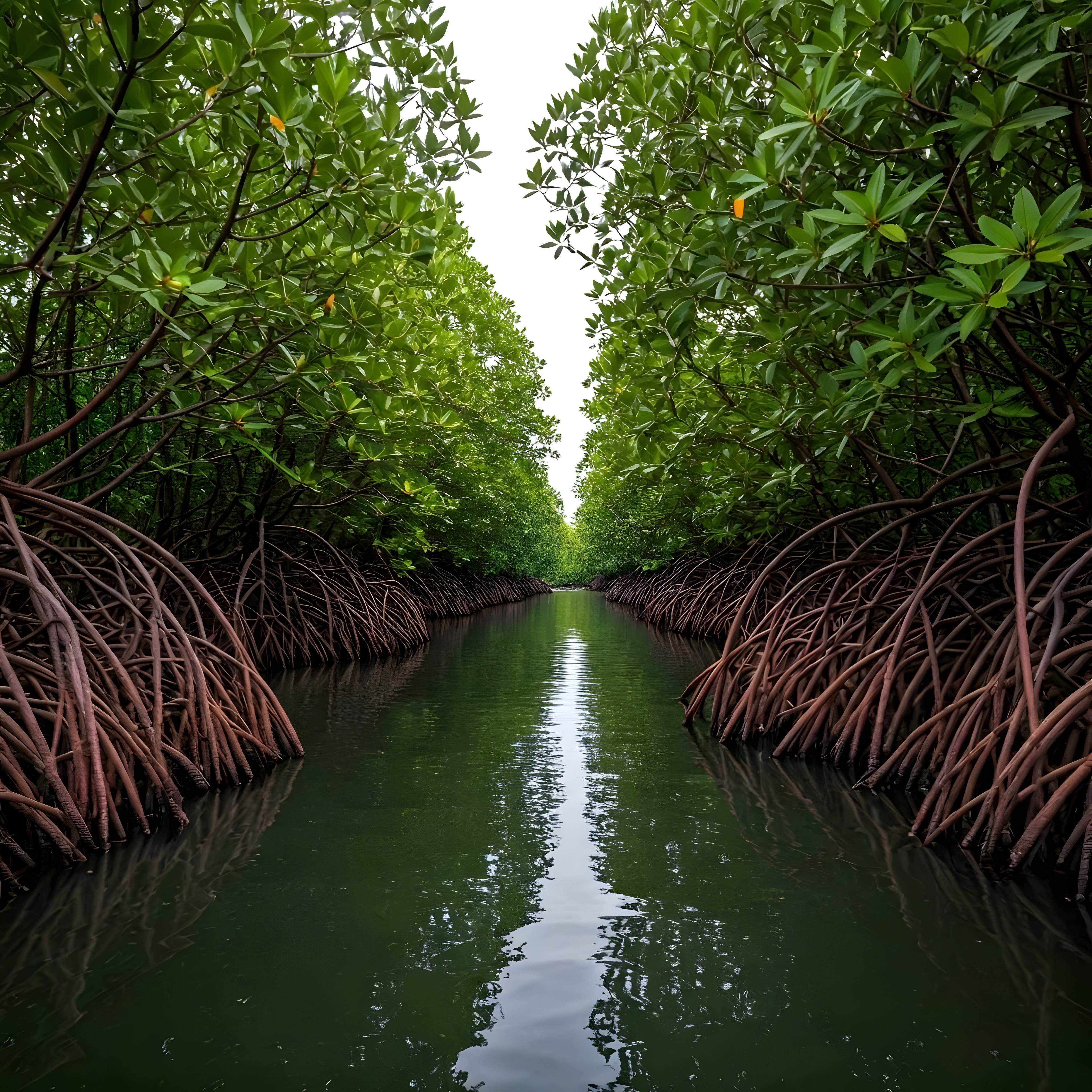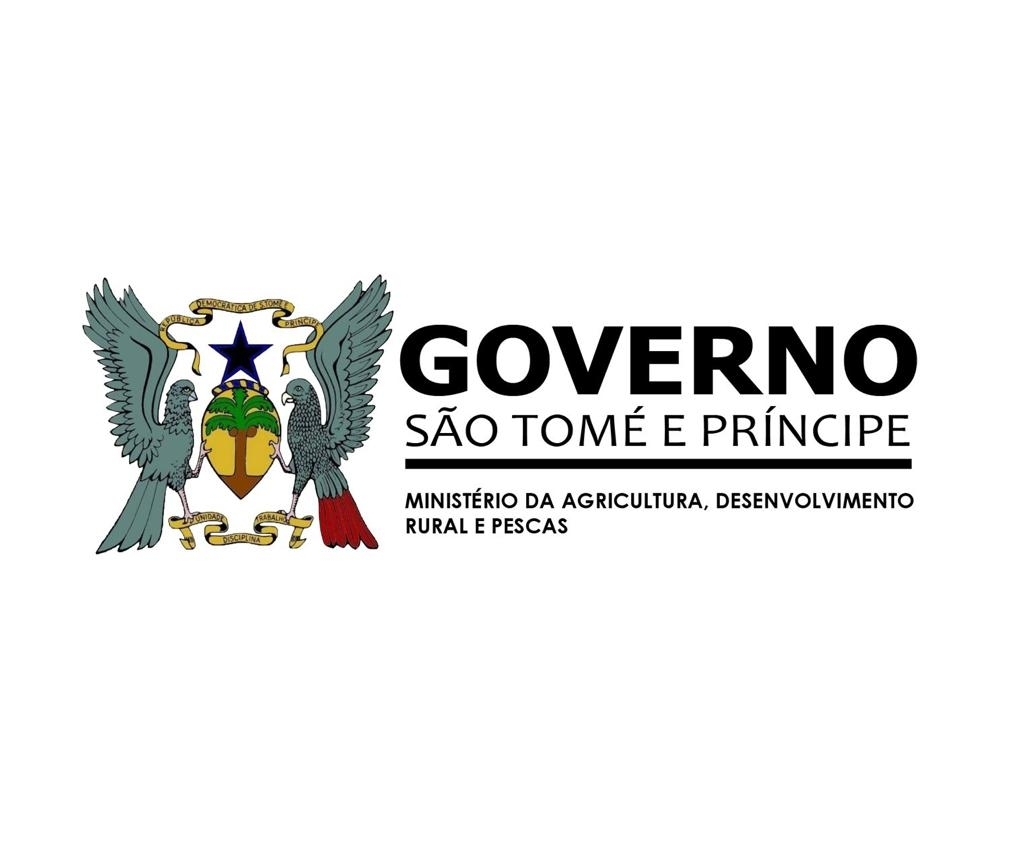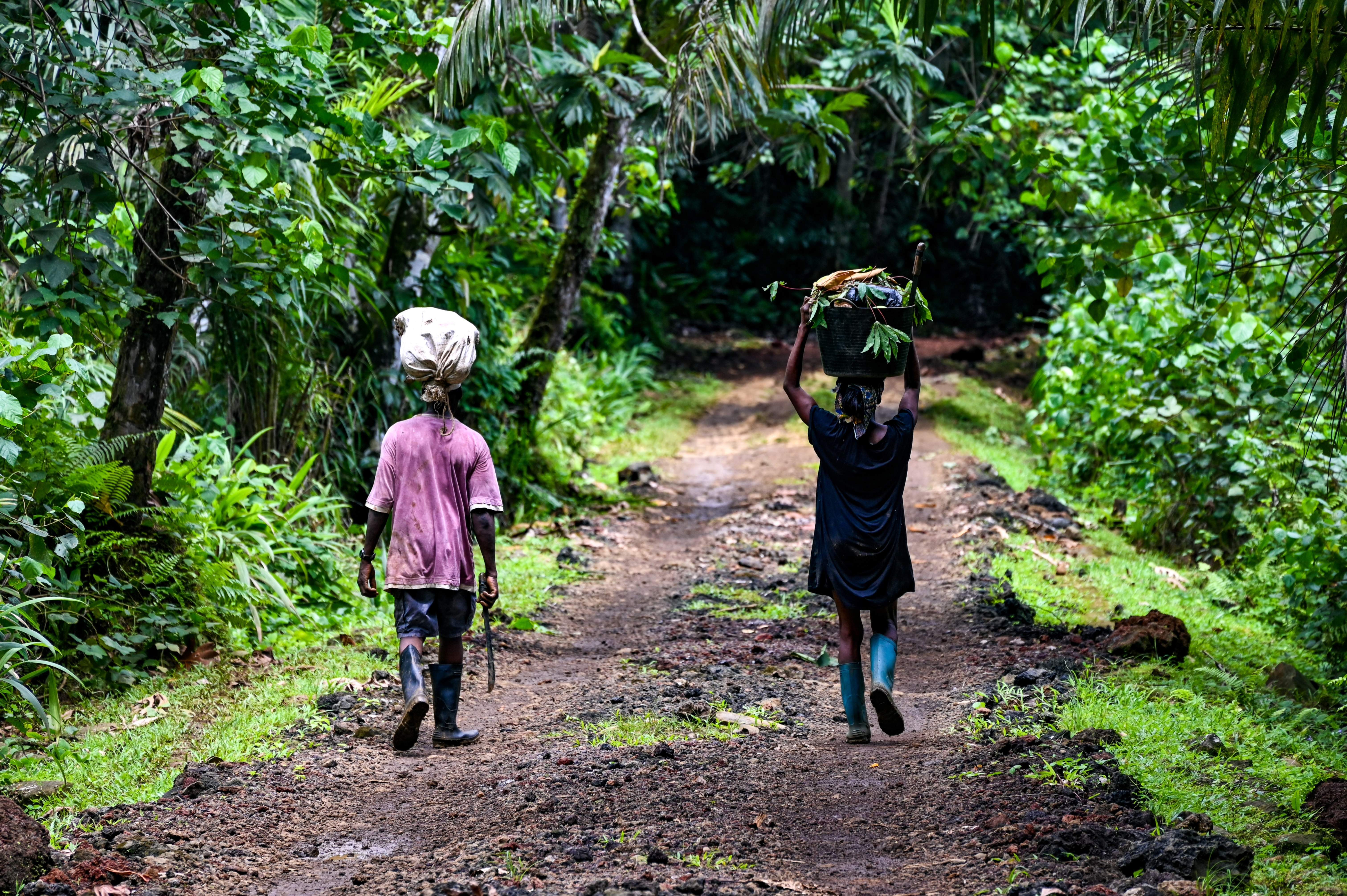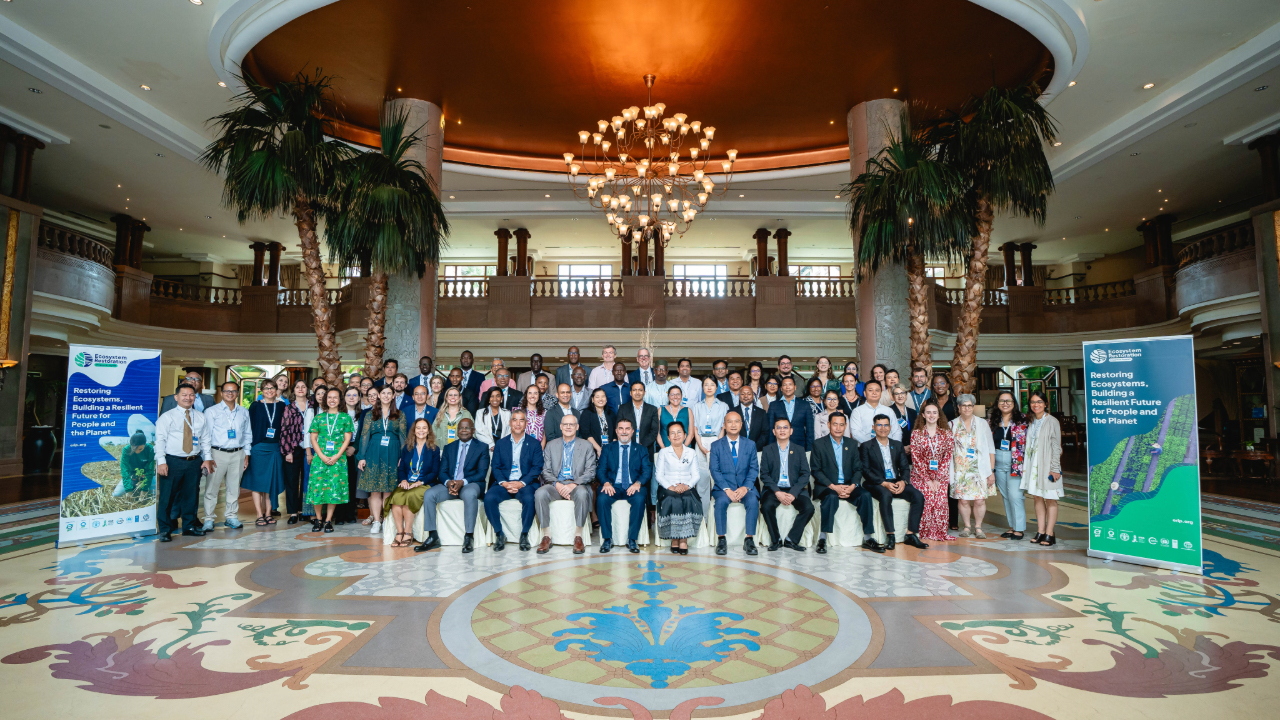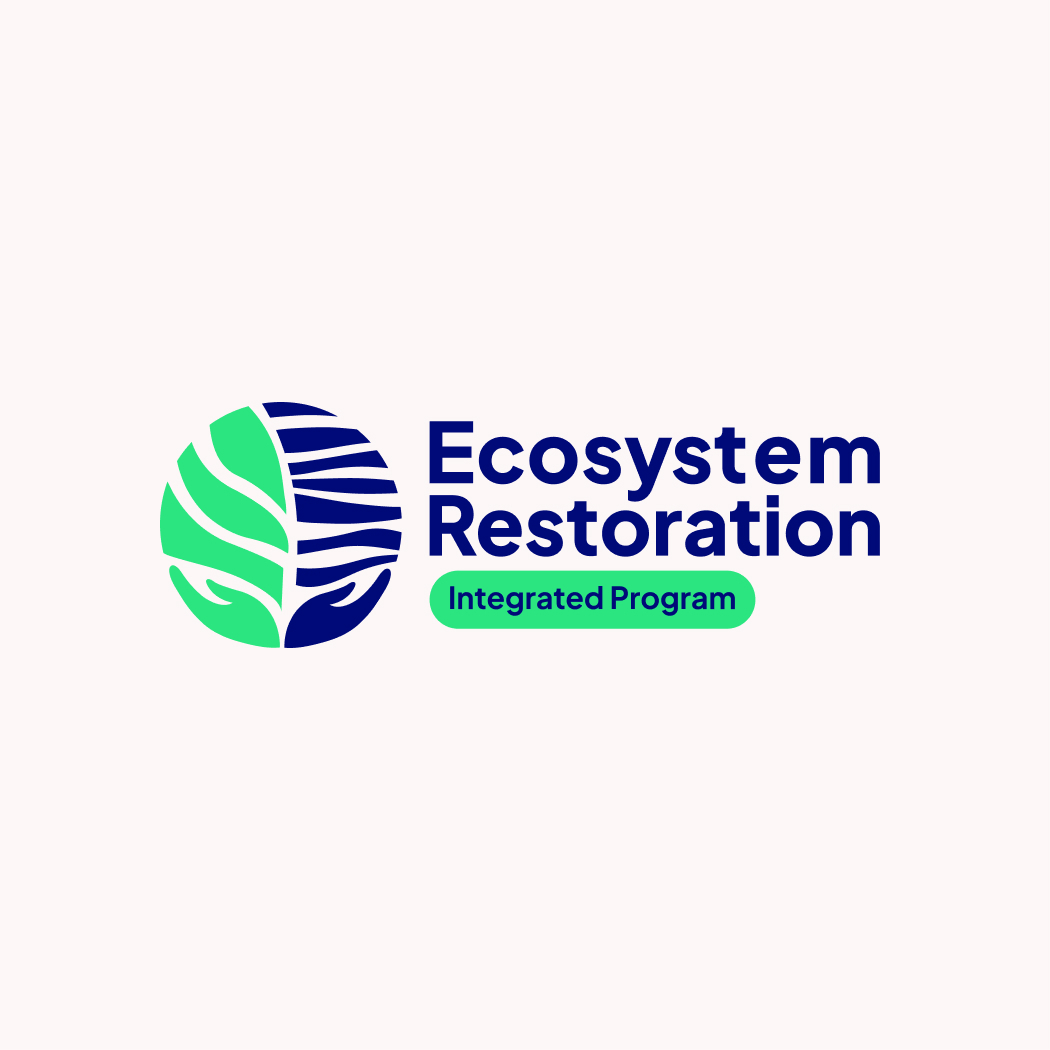São Tomé and Príncipe
São Tomé and Príncipe is home to some of the world’s most unique biodiversity. But its ecosystems are under pressure. Forest loss, land degradation, and climate shocks are threatening livelihoods and natural resources. With over half the population living in poverty, the government is turning to ecosystem restoration as a national priority—linking environmental recovery with economic opportunity.

